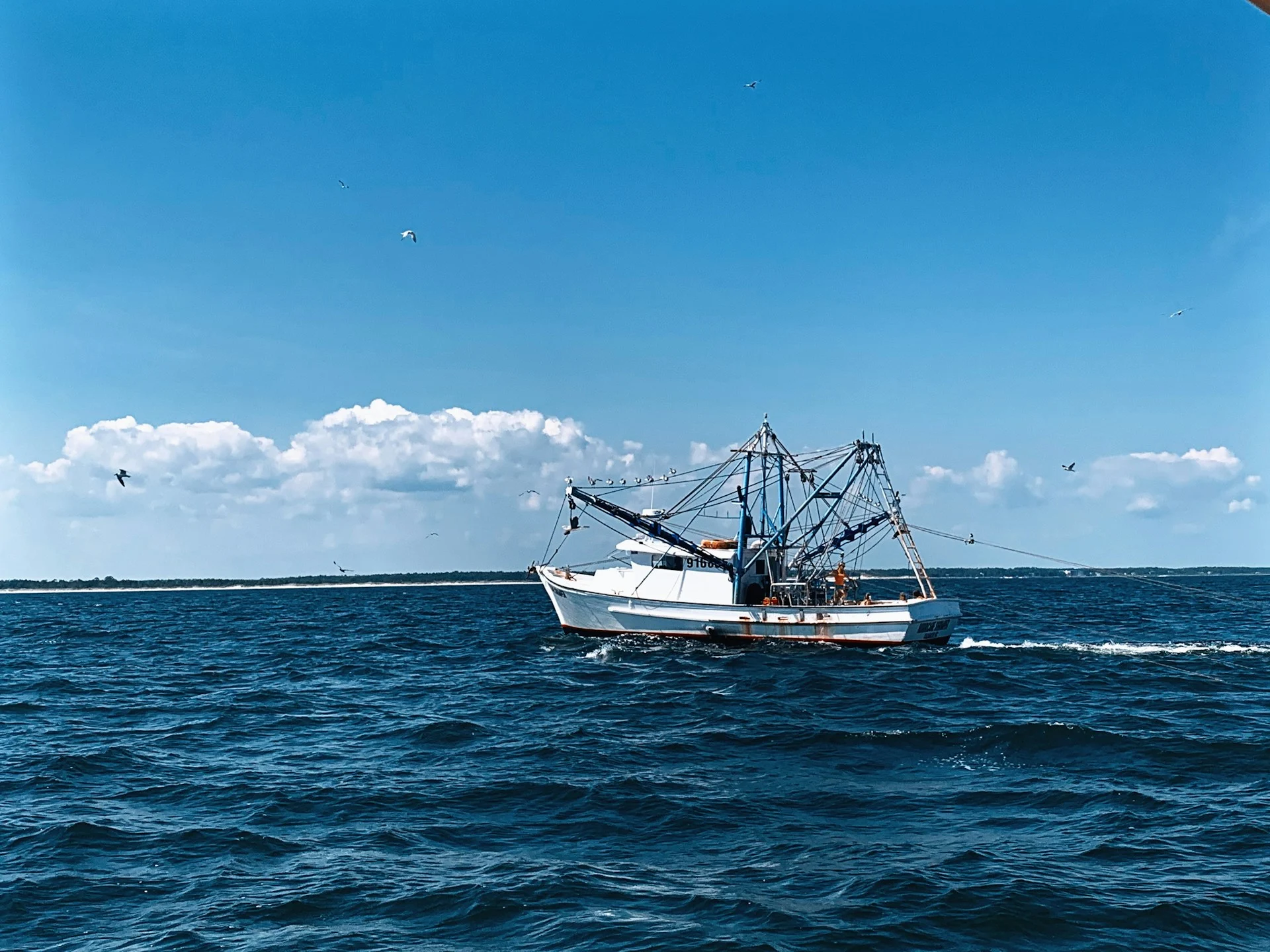What Are the Different Levels of Marine Protection?
Marine Protected Areas come in many forms, but not all offer the same level of protection for ecosystems. Here’s how they differ:
At the most basic level are multiple-use MPAs, where activities like recreational boating, fishing, and even seabed mining are still allowed. These areas may carry the “protected” label, but they often do little to shield marine habitats.
A step up are partial reserves, which limit destructive activities like trawling but still allow some fishing methods. These areas offer moderate conservation benefits and are often used as a compromise between ecological goals and local livelihoods.
At the top of the protection scale are no-take zones. These are fully protected marine reserves where all forms of extraction—including fishing, mining, and dredging—are banned, therefore No-take zones are considered the gold standard in ocean conservation.
No‑take zone (NTZ)
We love this one. It’s the gold standard for ocean recovery.
Zero extraction — no fishing, mining, or drilling.
What is allowed: Dive, snorkel, photograph.
Examples
🟢 Cabo Pulmo, Mexico
🟢 Apo Island, Philippines
🟢 Raja Ampat’s NTZs, Indonesia
Highly Protected MPA
A strong step in the right direction — but needs proper oversight to be effective.
Limited subsistence or scientific take; no industrial gear.
What is allowed: Controlled artisanal fishing, eco-tourism.
Examples
🔵 Galápagos Marine Reserve, Ecuador
🔵 Port Davey MPA, Australia
🔵 Bonaire National Marine Park, Caribbean Netherlands
Multiple‑Use MPA
Better than nothing, but often a compromise that leaves biodiversity vulnerable.
Rec & commercial use allowed where zoned.
What is allowed: Zoned: some areas open to commercial fishing, shipping, oil/gas.
Examples
🟡 Florida Keys National Marine Sanctuary, USA
🟡 Great Barrier Reef Marine Park, Australia
🟡 Mediterranean MPAs, EU region
“Paper Park”
This one frustrates us — it gives the illusion of protection while the ocean continues to suffer.
Protection on paper only; enforcement is weak or non-existent.
What is allowed: Anything… because nobody’s watching.
Examples
🔴 Balayan Bay, Philippines
🔴 Bissagos Islands MPA, Guinea-Bissau
🔴 Some Indian Ocean MPAs, various nations
Did you know? Only about 2.9% of the world’s ocean is fully protected by no-take reserves.

Photo by Jordan Allen Walters on Unsplash
Why Fully Protected Marine Areas Matter
Marine ecosystems recover dramatically when human pressure is removed. Fish populations in no-take zones can be over 400% larger than in nearby fished areas. Coral reefs regenerate, predator species return, and biodiversity thrives.
One major reason for this is the overspill effect. As fish grow and reproduce within protected zones, adult fish and larvae naturally migrate into surrounding waters. This benefits nearby fisheries and boosts food security for coastal communities.
Marine reserves also serve as climate allies. Intact seabeds trap and store carbon. But when we interfere in a destructive way, the balance is disturbed, carbon is released into the ocean and atmosphere. According to recent studies, bottom trawling releases as much CO₂ as the aviation industry – making true protection even more critical.
Did you know? The Papahānaumokuākea Marine National Monument in Hawai‘i is a no-take area larger than Germany.
The MPA Label Can Be Misleading
Global efforts like the “30 by 30” initiative aim to protect 30% of the world’s ocean by 2030. However, not all MPAs offer meaningful protection. Some exist only on paper, with minimal enforcement or restrictions.
Many MPAs allow industrial fishing and bottom trawling. Even areas listed as “protected” can have 90% or more of their territory open to exploitation. This is why experts and activists often stress the need for really effective marine protection.
Marine protected areas are also classified by the IUCN system, which ranges from Category I (strict nature reserves) to Category VI (sustainable use zones), but these labels can be confusing and aren’t always enforced equally around the world.
How You Can Support Real Ocean Protection
If you’re planning a dive trip or coastal holiday, there are ways you can make informed choices:
Look for no-take zones or reserves classified as IUCN Category I or II.
Ask local dive operators if the area is genuinely protected or if fishing still occurs.
Support organizations and campaigns pushing for better enforcement and stronger protection.
Be respectfull to the environment, take only memories,
Did you know? Even a seasonal fishing closure can double local fish stocks the following year.
Ask “Protected from What?”
Undoubtedly, it’s time to rethink what we mean by marine protected areas. The ocean doesn’t benefit from labels—it benefits from action. Strong, enforced, and well-designed no-take zones help marine life recover, support sustainable fisheries, and protect our planet’s climate.
Next time you see “MPA” on a map or a tourism website, ask:
Protected from what?
Image credits
Main photo – Photo by Ümit Yıldırım on Unsplash

